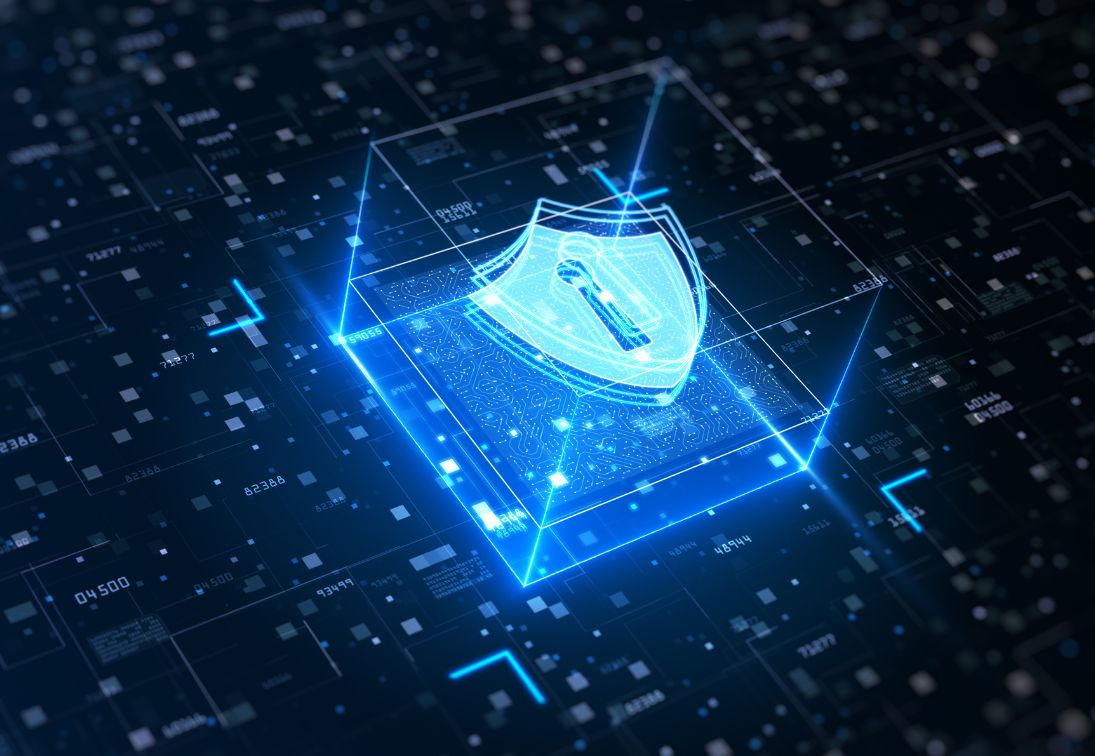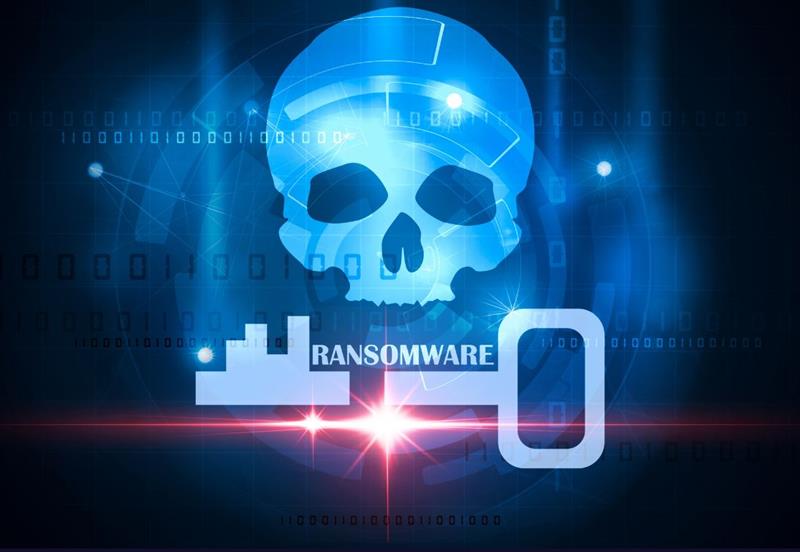By: Expert in Cyber Risk & IT Governance (Based on Verizon DBIR, ENISA Threat Landscape, IBM Cost of a Data Breach)
The Calm Before the Storm
This past May, I received a call at 3:00 a.m. from the CEO of a midsized manufacturing company. On his screen was a message: “Your files are encrypted. Pay 2 million USD in Bitcoin.”
Production lines were shut down. Systems were paralyzed. International customers were left without deliveries. Within hours, the incident escalated from an IT issue to an existential crisis.
This story, like hundreds of others, proves one simple truth: In most ransomware crises, the biggest damage doesn’t come from the hacker—it comes from unprepared leadership.
1. Know the Price – The Numbers Don’t Lie
According to report According to the IBM Cost of a Data Breach 2024 Report::
- The average cost of a ransomware attack: $5.13M (not including ransom payments).
- 66% of affected organizations experienced downtime lasting more than a week.
The Verizon DBIR 2024 shows that 74% of incidents begin with human or managerial error—not advanced technical exploits.
סוכנות הסייבר של האיחוד האירופי (ENISA)
- 83% of organizations hit by ransomware suffer longterm reputational damage.
- 25% never fully return to preattack business levels.
2. The 5 Golden Rules
Rule 1 – Accountability Lies With Leadership, Not IT
Cyber risk management is a boardlevel issue. If the CEO and CFO aren’t directly engaged, nothing will change. Ask yourself: Who reports to you personally on cyber readiness, and how often?
What to do tomorrow morning:
- Schedule quarterly board sessions dedicated to cyber risk governance.
- Define a business KPI for cyber readiness (not a technical metric).
Rule 2 – Annual Crisis Simulation: Not on Paper – In Real Life
The company I assisted believed it had a “disaster recovery plan.” On the day of the attack, it turned out that plan was just a document—no one had ever tested it.
IBM research: Organizations that run ransomware simulations at least once a year reduce incident costs by 43%.
What to do tomorrow morning:
- Approve a budget for a fullscale simulation that mimics a total shutdown.
- Make participation by senior executives mandatory—not just IT staff.
Rule 3 – Map and Prioritize Critical Assets
During a crisis, the first 48 hours are everything. If you don’t know your five most critical business assets, you’ll waste precious time.
Verizon research: 80% of time during an incident is spent just figuring out “what’s down” rather than fixing the issue.
What to do tomorrow morning:
- Create a prioritized list of critical assets: what must come back online first.
- Get executive approval and review it annually.
Rule 4 – Transparency and Communication During a Crisis
In one recent case, the CEO tried to hide the incident..
The result: rumors spread internally, customers panicked, and the crisis tripled in scale..
ENISA: Organizations that communicate openly from day one retain 70% more customers compared to those that conceal incidents.
What to do tomorrow morning:
- Prepare a written communication playbook in advance.
- Get executive approval and review it annually.
Rule 5 – Backups and Isolation – This Is Business Insurance
In the report IBM It was found that 39% of affected companies were unable to restore a backup, even though they thought they had one..
The reason? No executive oversight of backup testing.
What to do tomorrow morning:
- Demand a quarterly executive report showing when a full restore was last tested.
- Verify that backups are physically and logically isolated from the production network.
What Happens When You Don’t Act?
In the manufacturing company from the opening story:
- 18 days of downtime.
- Lost contracts worth 7M ILS.
- 4 senior executives resigned.
In the end, they paid the ransom—and paid the reputational price as well.
Final Message – “Ransomware Is Not a Technology Problem”
Ransomware is a leadership stress test. Organizations that treat it as an IT problem fail. Those that understand it’s a business crisis—and prepare accordingly—survive, and often emerge stronger.
If you’re an executive, here are 5 actions you can start tomorrow morning:
1. Put cyber risk on the board agenda.
2. Fund a realworld simulation exercise.
3. Know your critical assets.
4. Prepare a crisis communication plan.
5. Demand frequent recovery testing.
No company is immune. There are only prepared companies. The choice is yours.












